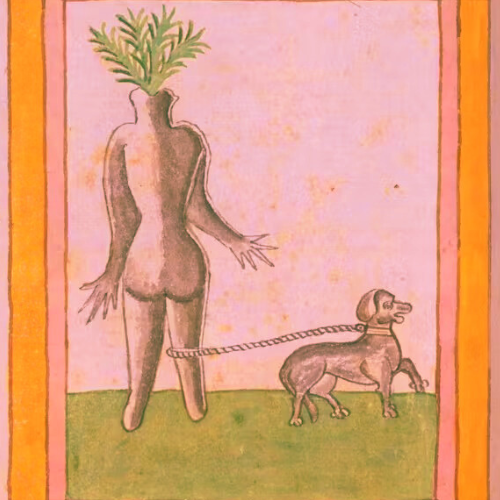June 16 // tripels and potjevleesch
From Ferfay to Houdain and, if you can believe it, all the way to Olhain, there are many sights worth noting on this journey.
On our bikes, we noticed none.
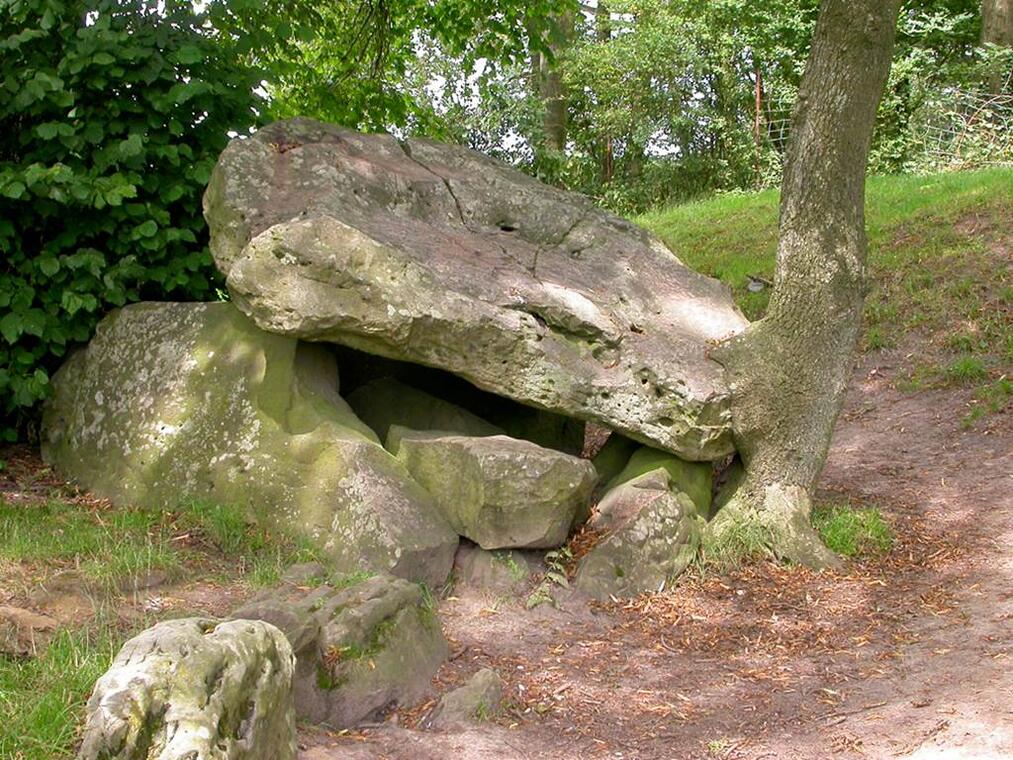
There’s the Table aux Fees [Table of Fairies], a Stonehenge-like megalith dating back to the Neolithic Period (didn’t see it, had no idea it existed).
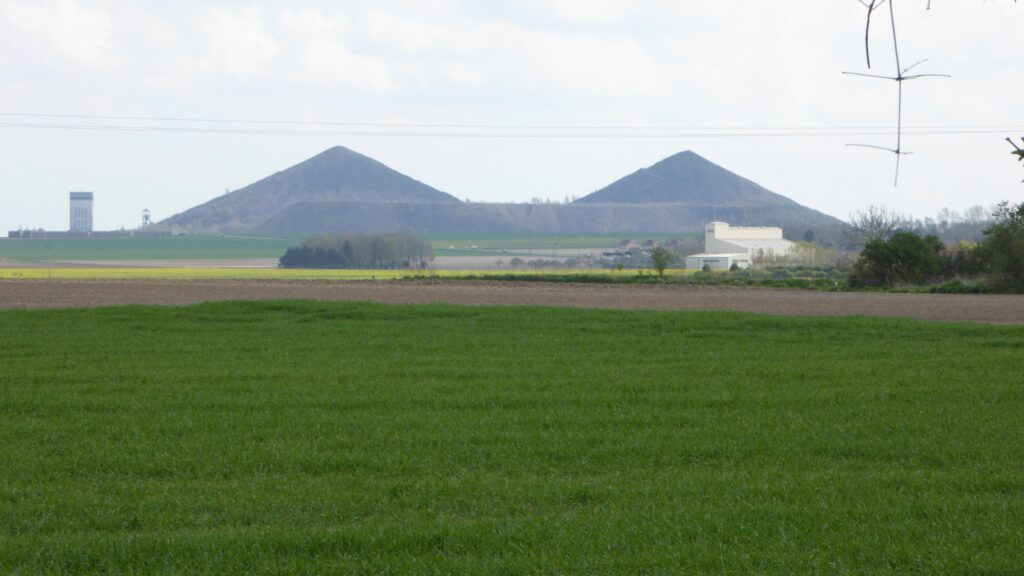
There’s also the Terrils des Jumeaux, a pair of large slag heaps punctuating an otherwise unceasingly flat plain and testifying to a regional mining history so important that it’s UNESCO-certified (didn’t see it, had no idea it existed).
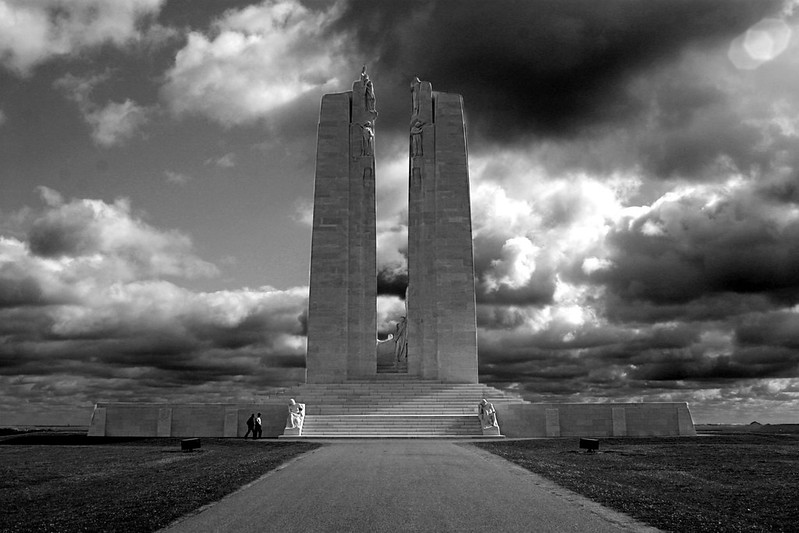
Perhaps most significantly are the many cemeteries and memorials from the Great War, among which are included a theoretically striking Art Deco structure which now stands at the site of the Battle of Vimy Ridge (ditto).1
For better or worse, I’m discovering that though traveling by bike is as much about the journey as it is the destination, there’s little room for such history amidst the strain of such journeying, and if I’m going to learn anything about this that isn’t intestinal, it’ll have to happen at the destination.
Today’s destination is Arras, city of the famed Jacobin Max de Robespierre, the world’s first private detective in Eugène-François Vidocq, and the chocolate rat2. We’ve chosen the city not for its history but for its relative proximity to Amettes: surely bored out of his mind and biking at a pace heretofore unprecedented in his adult life, Mark nevertheless continues to honor his vow to cover approximately 25 miles per day. Thanks, Mark.
Regardless of distance covered, the sheer lack of shade has us famished upon arrival. Arras, then, is a most welcome sight, and after all that unchecked farmland, the cobblestoned Grand Place sneaks up on us like some kind of unforeseen large town square in Northwest France at which you’ve arrived by bike.
The architecture of this city is a bit confusing. Having only come under control of the French crown in 1659, the Grand Place is framed by colorful, curly storefronts that seem more Germanic than French (and indeed, per Wikipedia, they’re manifest of Flemish-Baroque style, whatever the hell that is).
With the adjacent Place des Héros, itself dominated by a flamboyant, UNESCO-protected, 250-foot belfry capped by a golden lion, much of this city’s main sights had to be rebuilt after World War I3. Accordingly, we’re told that Arras remains one of the poorest cities in France, that their dialect is representative of a lower class.
I’m going to ascribe this to my inability to understand our lunchtime server here in the main piazza, as the angular, dark-haired woman attempts to decipher my order with enough unleaded disdain to fuel a horse for a month. “Char-cut-erie,” she enunciates, looking to the heavens for help. “Jambon et fromage!”
“Ohhhh, charcuterie, oui, biensur,” I say, as if I understood from the start. “You know charcuterie, it’s the same word in English,” I say to Mark in translation.
“Who gives a shit, just order,” he says. And I do with newfound resolve, somehow landing one of three options off of the fixed menu after five minutes of deliberation.
“Great. I’ll have the same,” he says, thereby releasing the server from her never-ending anguish.
We sit in silence as fiddle with my cycling glove, avoiding eye contact. “And what is it now, Eric?”
“Nothing,” I say, clenching my jaw.
“You’re not upset that I ordered the same thing as you?”
“No,” I lie. “But I will say, it does seem like a wasted opportunity, that’s all. I mean, how many times will we be able to eat in Arras? And now we’ll only know that one dish.”
“What the fuck is wrong with you? It’s a fucking steak, relax. Jesus Christ.”
The server brings Mark his Coca-Cola; I don’t drink soda, but have ordered a Fanta in the interest of parity. Maybe he, as a long-time biker, knows something about sugar I don’t? Plus, technically European Fanta is slightly different than what we get in the United States, given the lack of food coloring and minute inclusion of real orange juice Jesus Christ what the fuck is wrong with me?
Following our meal (and a canelé I snag from a patisserie next door), we hop back on our bikes and head out over the highway to our hotel: Kyriad Direct Arras. It is a strange place to sleep, located in a business park just outside of town, but it’s also at least €20 cheaper than the options downtown and that’s good enough for me.
After we take our respective showers and lay down in our respective beds with their starched, cool linens under the calming hum of actual air conditioning, it feels like an excellent decision.
“What should we do,” I kind of state more than I ask, and Mark grunts, and we scroll on our phones with nary an ounce of brain between us.
“There are some underground tunnels4,” Mark offers, still scrolling.
“That sounds cool,” I say, checking to see if anyone new has liked my latest post on Social Media™.
“Or we could go climb up the clock tower,” he suggests.
“Yeah, that could be interesting,” I say, falling asleep.
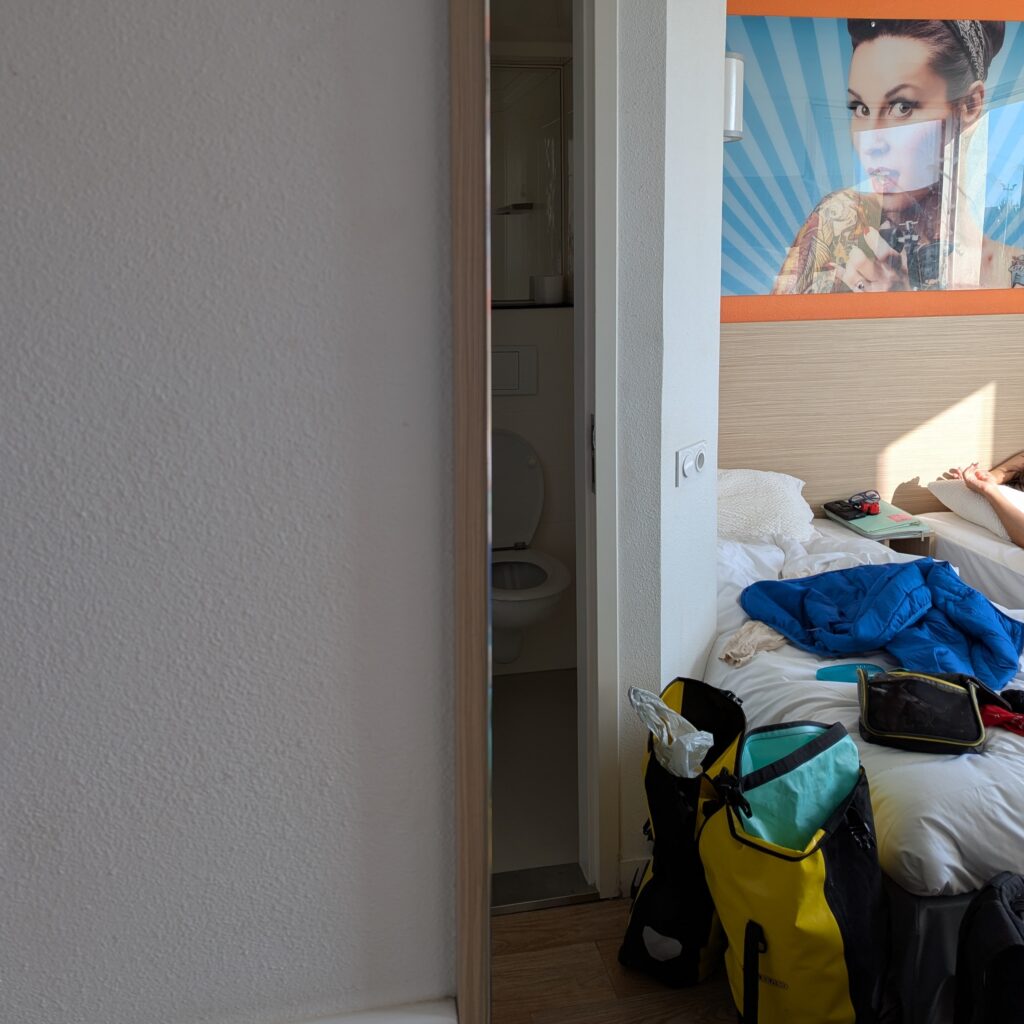
By the time our respective naps come to a close, it’s just about time for dinner, but my stomach is feeling sour on account of the lunchsteak, and the bathroom in our room (detailed above) leaves me very little space to work with.
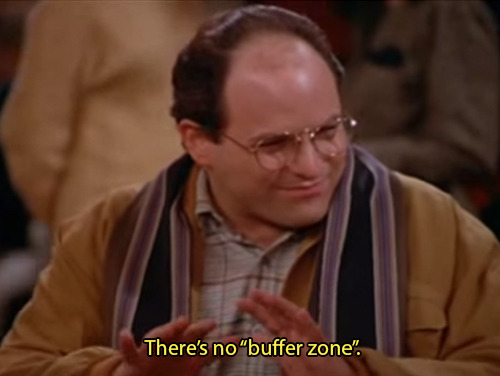
Thankfully, there’s an organic market here in the business park, and with a long walk into town ahead of us, I grab a bottle of Kefir & Co. Brand kefir to set me right. I’m not sure it does the trick.
Half of us powered by jet propulsion (much to Mark’s nose’s dismay), we reach town and land on a marvelous little shop, Big Star Records, which features a new LP from New Orleans’ own The Lostines(!) on prominent display.
With no intention to buy any of his shit and every intention to steal a full 30 minutes of his time discussing the pitfalls of the Italian music industry while trading references to contemporary bands inspired by Gram Parsons, we shamelessly shake insider information from Olivier, the kindly owner. Speaking English with a frightfully clean London accent, he points us to Baobob Kfe, and we march there henceforth with dinner prime on my mind. Sore stomachs, I figure, are like a building with a shoddy foundation: the only way to fix them is to start building a new structure directly on top of it.
No one is eating dinner yet at Baobob Kfe at this hour, however, and since I am nothing if not a conformist, I follow the crowd and order a beer instead, because the only way to fix a building with a shoddy foundation, I figure, is to pour beer into it.
Even the ales seem to reflect Arras’ spiritual (and geographical) proximity to Belgium.
Here is a summary of that which we have dranked with our moufs.
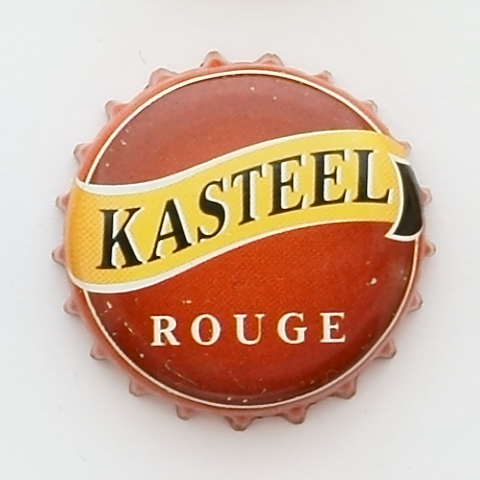
- Kasteel Rouge (8%) is rouge not because of its roasted barley, as I’d hoped, but because it is cherry-flavored. It tastes like a Jolly Rancher dissolved in bile and I deeply regret my order, but since I am a guest in this city (and a guest paying 7.50€ for a pint, at that) I decide the only appropriate thing to do is to slug it, so I slug it.
- Verte du Mont-Blanc (5.9%) is green not in celebration of St. Patrick’s Day, as you figured, but because it is génépi-flavored. Founded in the Alps in 1821 (but purchased by Duvel in 2023), the beer tastes like no other I’ve ever had, its mentholated flavor surprisingly light and refreshing in the heat, and I am deeply jealous of Mark’s order (let the record show that Mark generously offers to trade red for green as I attempt to restore his reputation). Because of my stubborn insistence to never order the same thing twice while on vacation, however, I must move on and choose something else.
- Ypra Hoppy Tripel (10%) earns our dour bartender’s approval: he claims it to be his favorite, and I don’t blame him as the hops are a very welcome, serving as a bitter ballast against the sweet Belgian banana stuff that you normally find in beers like this. The foam fills my palate, as if it were thicker in mouthfeel than a normal tripel, and yet it goes down so easy. Wait-just-a damned-second: the hops clean out that weird yeasty aftertaste, too? Yes, please and thank you.
- Tripel Lefort (9%) is what Mark orders, I think. Does he? The hell do I care, I’ve got my own, I don’t need to taste everything and did that young lady in hot pants at the end of the bar just look at me?
- Chimay Verte 150 (10%) is something I’ve never even seen on tap before. Does Chimay make a green beer? Or no, wait, the beer isn’t green, that’s just the color of the label. It’s spicy! Is it? Okokok, that young lady at the end of the bar in hot pants is now straddling a stool with another guy in but that’s ok because I think this is officially fixing my diarrhea and maybe I should skull this one, too, and Mark just ordered the same thing as me but I don’t care anymore, and now he ordered us another round but I really don’t care anymore I’m going to drink that one too and maybe another. Belgium! I mean France!
- Saint Omer Premium (4.7%) wait, are we back in the piazza and now it’s dark out? When did those things happen and did I actually just flirt with those girls and did they then just roll their eyes and leave? “Eric, you just ruined their date,” Mark says, probably, and I respond with you know what Mark we need to order some fucking potjevleesch5 right fucking now and so we get the goddamned Grande Planche and another round of beers and Mark you should get the andouillette because it’s the local specialty, which I only know after looking at my phone, and Mark I am going to get the carbonade flamande because it is also the local specialty, which is probably not the case if its name is any indication and wait did I remember to pay for our meal oh yes I did I am holding the receipt and wait did we really just spend €100 goddamnit when did that happen?
I am now slightly intoxicated, it seems.
Stumbling out of the piazza and into the night, a short and perfumed young man in a collared shirt and close-cropped hair enters my periphery.
I do not know why he does this.
He says, “mort à tous les musulmans [death to all muslims].”
I don’t know why he says this.
“Quoi,” I ask, still drunk.
“Putain de merde ces immigrés [fuck those immigrants],” he adds for good measure as his friends stand there, blushing. I take the bait.
“Je suis immigrants juif. Putain de merde moi aussi? [I am Jew immigrants. Also fuck me?],” is my response?
Mark sighs very hard, making sure I know how ready he is for this interaction to be over.
“Tu vas bien. Fuck les musulmans [you’re cool. Fuck the muslims!],” says the young boy with the little man complex.
“Votre amis sot [your friend idiot],” I say to the most apologetic member of his entourage. “Tu es imbécile,” I say directly to him, running out of French words. “Putain! Moutarde!”
“Eric, really, shut the fuck up,” Mark slurs. “Let’s go.”
“No, Mark, we must not tolerate this kind of hatred. We must not! For once you tolerate it in casual conversation…” and they are gone, having been blustered into submission.
I follow Mark into the night, and with another mile to go before we reach our hotel, and he has no choice but to get an ear full because I am mad. I am drunk! But I am mad! Because I care. And because I am drunk.
- This battle, which took place between April 9-12, 1917, was a significant moment in Canadian history, marking the first time all four divisions of the Canadian Expeditionary Force fought together. This Corps was largely voluntary, including as many as 30,000 Americans who were unwilling to stand by while their country remained neutral, and an astounding 84,000 of the 140,000 Chinese humans who had been recruited by the British and French to serve in the Chinese Labour Corps at a time when China was also neutral. The Americans declared war against Germany in April 1917; China joined that August, and though their countrymen officially never saw combat, at least 2,000 known members of the CLC are interred in France and Belgium. ↩︎
- Seemingly based on the pronunciation of Arras alone, rats have been a symbol of the city since the 14th century. ↩︎
- The Cathedral, built between the 11th and 14th centuries, was destroyed during the French Revolution, rebuilt in 1834, and then all but destroyed again in 1917. ↩︎
- Leveraging chalk quarries which date back to the Middle Ages, the Carrière Wellington was built during WWI by Commonwealth soldiers, many of whom were largely considered too short or too old for battle. Given that many of the miners were of Kiwi and Maori origin, the network was named after cities from New Zealand, hence the “Wellington” in Carrière Wellington. ↩︎
- A cold terrine originating in Belgium traditionally made from rabbit, chicken, pork, and veal. ↩︎
